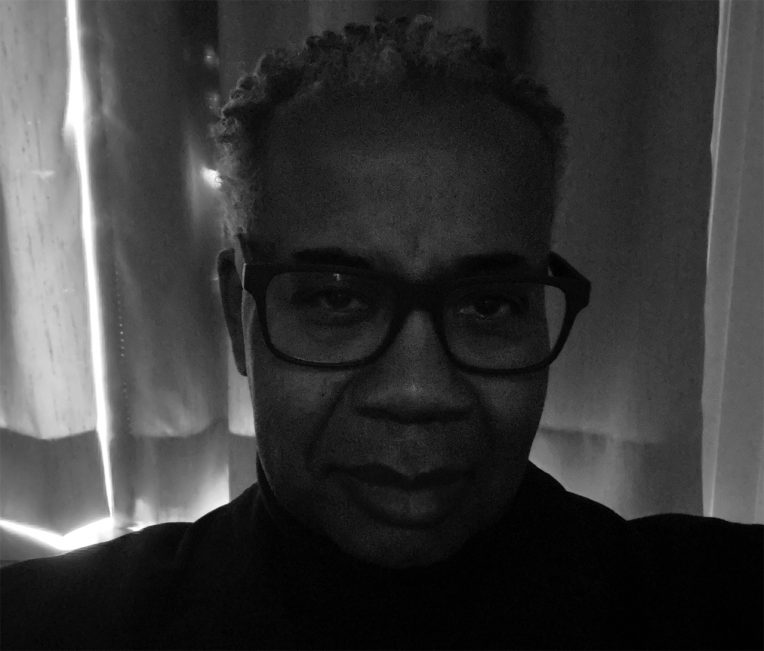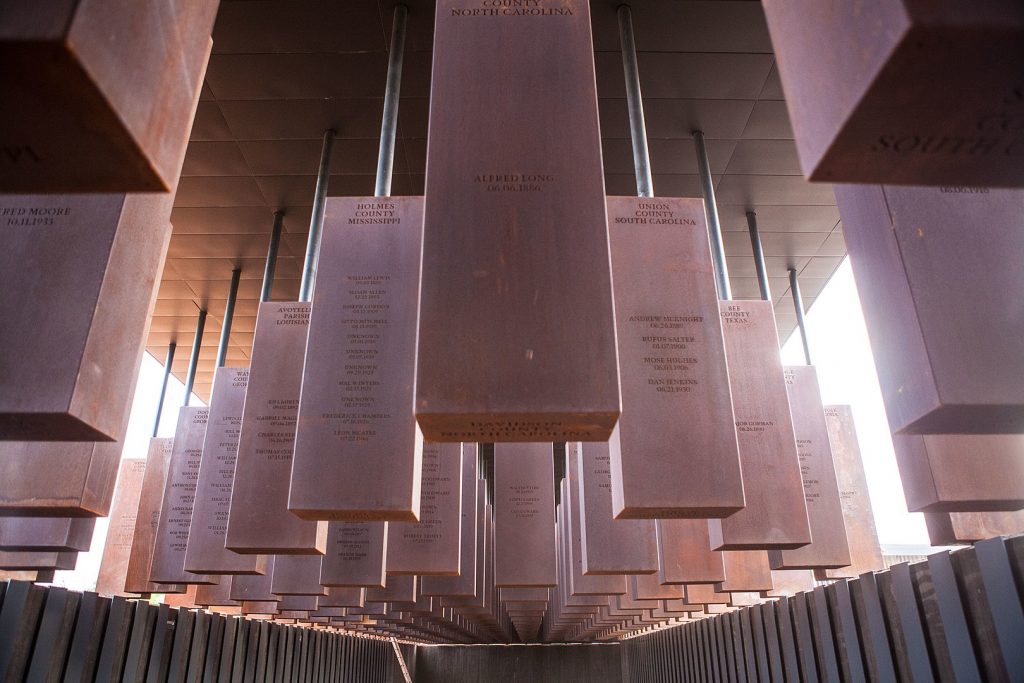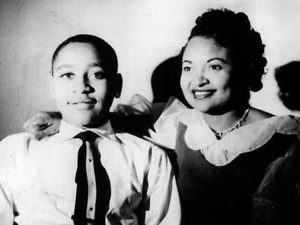A mural on a wall. A photograph of a body in the street. A video capturing the moment a gunshot takes a man’s life.
Images like these deliver more than emotional impact. According to Dr. Byron Craig, they also offer insights into our contemporary culture. Craig, an assistant professor in the School of Communication, studies visual rhetoric—exploring what images reflect about our society.
Craig’s recent research examines how violence on Black bodies is memorialized. An upcoming book will look to memorials as a form of “visual vernacular” that speak to the impact of generations of traumatic incidents. Craig will look to monuments such as mural art created in honor of Breonna Taylor, cell-phone images of Michael Brown’s body in the streets of Ferguson, Missouri, and the National Monument for Peace and Justice in Montgomery, Alabama, dedicated to citizens who lost their lives to lynching. “It’s difficult to walk through the memorial and see the names of all those who were killed by this form of domestic terrorism,” said Craig, “but these memorials help with reckoning the history of race in America, especially racial violence in America.”
Being automatically labeled as a threat can have terrible outcomes. – Dr. Byron Craig
Craig has written of Michael Brown’s killing as the use of “biopolitics,” or employing imagery to fulfill stereotypes and tropes. “Seeing photos of him laying in the street invokes the tropes that come with being a Black man in the United States,” said Craig. “He is seen as something not real, not human, a threat to people and institutions to be put down. Being automatically labeled as a threat can have terrible outcomes.”
Defying those tropes can cause a visceral reaction, noted Craig. In an upcoming book chapter, he will discuss the dismissal of celebrity Black bodies as activists. “Beyonce was refused protection in Dallas because of her activism. LeBron James was told to ‘just shut up and dribble,’” said Craig. “This is a danger, the idea that if you are a Black body, you can’t have a voice.”
Images also carry the power to inspire change, said Craig. “Think about the decision of Mamie Till to have an open casket for her son, Emmett.” Till was murdered at age 14 in Mississippi after allegedly making advances toward a white woman (which the woman later recanted decades after his death). His mother insisted on leaving the casket open, showing her son’s mutilated body. Photos taken at the funeral ran in Jet magazine and other national publications. “Those images are attributed to sparking what we know as the Civil Rights Movement,” said Craig. “Images can change the status quo by reaching people who usually do not have to think about how the system can be oppressive for certain bodies.”
Cell phones and social media have ramped up the response time to reports of violence. “It is fascinating to me how an image can go out so quickly, tell a story, and create a reaction. There is power in the visual as it operates now,” said Craig. “We can use this type of data to understand how people respond to these moments.”

Left to right, Courtney B. Vance, Jonathan Majors, and Jurnee Smollett in a scene from Lovecraft Country. Image from HBO.
Along with research on visual rhetoric, Craig examines popular culture through media studies. He is a weekly guest on the YouTube series Seers of Ardham, hosted by Department of Psychology Chair Dr. J. Scott Jordan, which analyzes the 2020 HBO show LoveCraft Country. Craig also joined Jordan and other School of Communication faculty analyzing Twitter response to the HBO show Watchmen. “Entertainment media can also speak to the long-term impact of trauma on Black folks,” said Craig. “Episodes of Lovecraft Country are filled with disturbing moments that leave the viewer traumatized. These are intentional and look to the legacy of generational trauma.”
With 2021 marking the 100th anniversary of the Tulsa Massacre in Oklahoma, Craig expects to see murals and other visual images paying tribute and honor the dead. “This was an act of domestic terrorism that largely goes untold in U.S. history books,” noted Craig of the days during which the Greenwood District was leveled. “That trauma doesn’t end. It carries an impact that crosses generations.”



